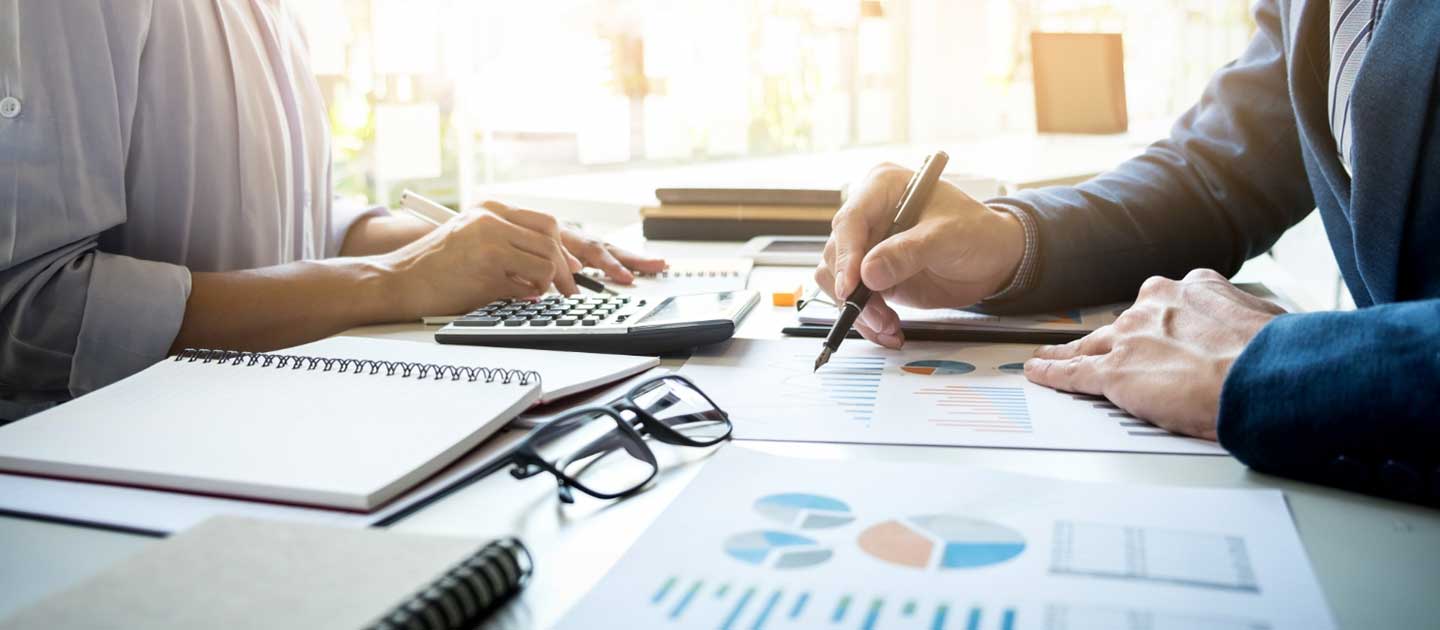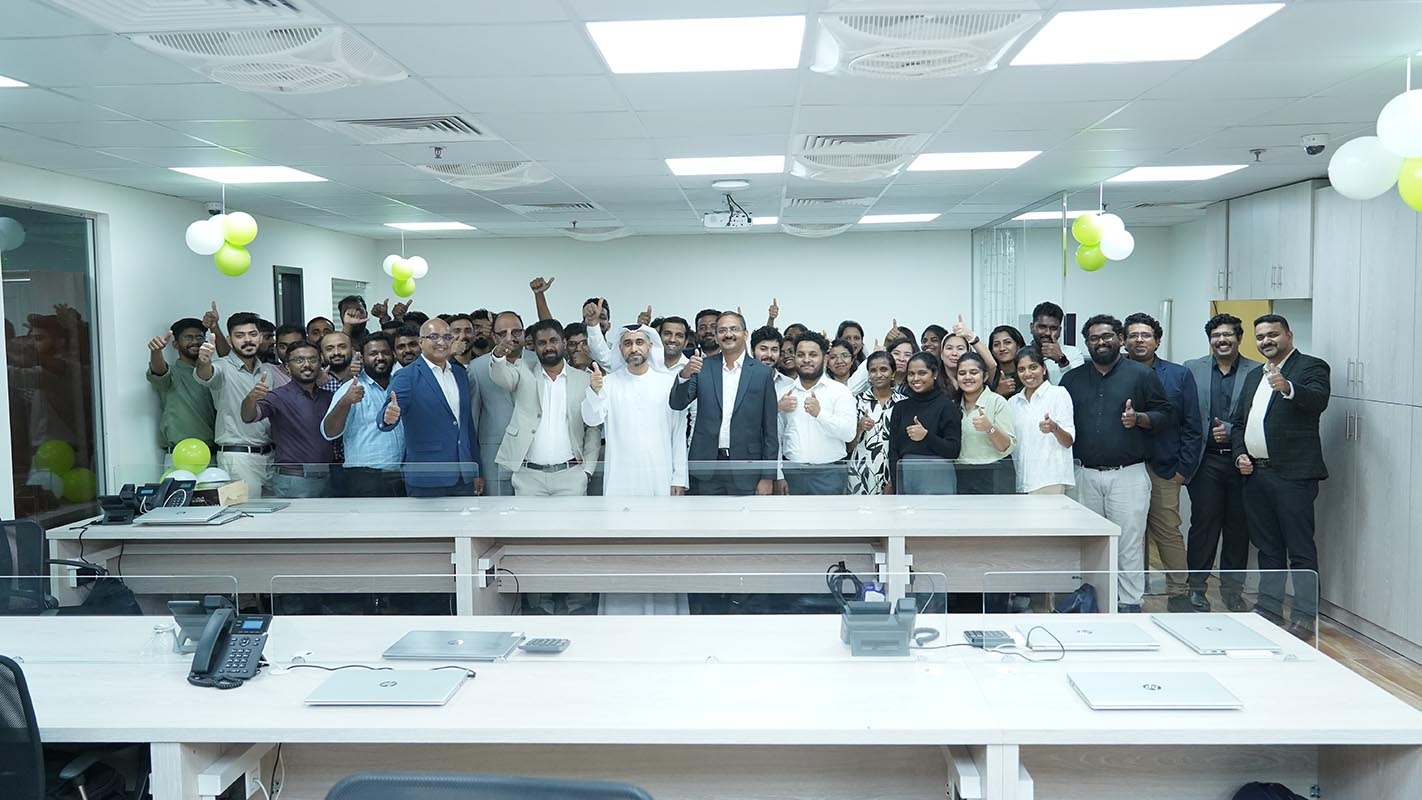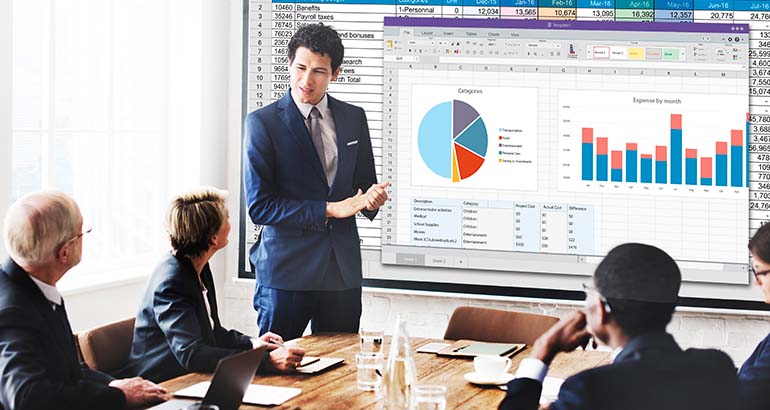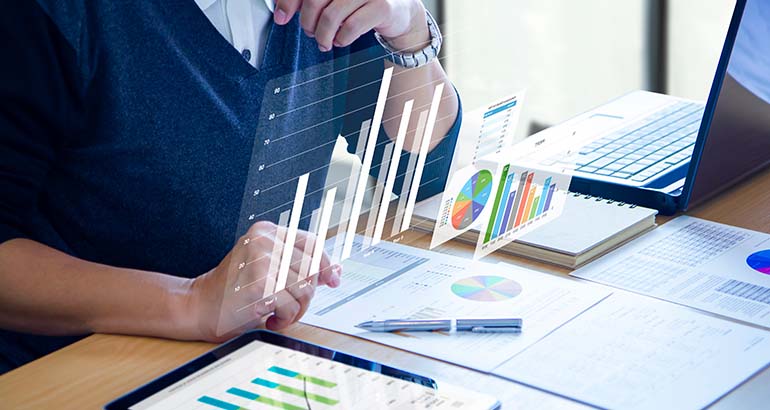Types of Assets
The most common assets include cash and cash equivalents. Often, physical and tangible items pop into our minds when we think of assets, but not all assets are tangible. Broadly, here’s how they are usually classified:
Fixed asset
Fixed assets are also known as capital assets. These are required to keep the business going. These assets can be regarded as the backbone of a business. A few examples of this include:
- Land
- Buildings
- Vehicles
- Machinery
Apart from being used to generate income, they are essential for businesses because they can be sold and if the company is in financial difficulty. These can also be used as collateral while availing business loans.
Current asset
All materials that are present in cash or are expected to get encashed within the tenure of one year are classified under this bracket. Broadly, these include:
- Inventory
- Accounts receivable
Intangible Asset
These are the ones that usually do not make a place in the company’s balance sheet but contribute substantially to the asset value of a business. Few examples of intangible assets are:
- Patents
- Favorable finance
- Client list
- Skilled employees
What is the Asset turnover ratio?
This is a commonly-used term to measure the efficiency of the existing assets to generate revenue. Here’s how asset turnover can be derived:
Asset Turnover = Revenue/ Total Assets Value
Why do Assets Matter
In all, these define wealth. It means the asset is an important measure to look at for businesses and directly or indirectly help in projecting their growth bar. Asset valuation is a sensitive issue when a company is sold or acquired. Though it is easy to determine the value of fixed and current assets, measuring intangible assets is a problematic task. However, assets exist to add value to your business, always!
Current Assets Vs. Non-Current Assets
Business assets are divided into two sections on the balance sheet: current assets and noncurrent assets. Existing assets are business assets that will be turned into cash within one year, such as cash, marketable securities, inventory and receivables, debts owed to a company by its customers for goods or services that have been delivered or used but not yet paid for. These assets may only have value for a short while, but they are still treated as business assets.
Non-current assets, or long-term assets, on the other hand, are less liquid assets that are expected to provide value for more than one year. In other words, the company does not intend on selling or otherwise converting these assets in the current year. Non-current assets are generally referred to as capitalised assets since the cost is capitalised and expensed over the life of the purchase in a process called depreciation. This includes items such as property, buildings, and equipment.
Depreciation and Amortization of Business Assets
Tangible or physical business assets are depreciated, while intangible business assets are amortised, the process of spreading the cost of an intangible asset throughout its useful life. When businesses amortized and depreciate expenses, they help tie an asset’s charges to the revenues it generates.
Depreciation is calculated by subtracting the asset’s salvage value or resale value from its original cost. The difference between the price of the asset and salvage value is divided by the useful life of the asset. If a truck has a useful life of 10 years, costs $100,000, and has a salvage value of $10,000, the depreciation expense is calculated as $100,000 minus $10,000 divided by 10, or $9,000 per year. In other words, instead of writing off the entire amount of the asset, capitalised business assets are only expensed by a fraction of the full cost each year.
Valuing Business Assets
The value of business assets vary and can change over time. Many current, tangible assets, such as vehicles, computers and machinery equipment tend to age, and some may even become obsolete as newer, more efficient technologies are introduced.
When companies want to use an asset as collateral or to substantiate depreciation deductions, they can get them valued by an appraiser. During such times the need for availing professional assistance is great. One such financial Firm is JAXA Chartered Accountants.
JAXA also provides many other financial services such as Accounting services, Auditing Services, Tax related Services etc. For any more details you can Contact Us to evaluate your business assets with its in-house team of highly-experienced financial consultants.





